5 Essential Ways to Prepare For a No-Spend Month

Doing a no-spend month is a simple concept. You choose one month and cut your spending down to zero or the bare minimum. I want to give you some tips on how to get ready for a no-spend month.
It can be hard to jump right in without any prep. You can try it, but you will be miserable and less likely to succeed. I take the month before my no-spending month to prepare myself.
Almost everybody who does this modifies it a little bit. We all have expenses we can't get rid of, like buying food, paying our mortgage, paying our taxes, etc. With a no-spend month, the idea is that all discretionary spending is cut to zero.
You don't have to decide whether things are a good buy or a good deal or whether you should do it. Your answer to all these things is no, you are not spending the money. You're not spending money; you're saving it, which is fantastic. Since it's such a short fixed period of time, it's a great strategy to get your budget back on track.
1. Get motivated
Our first step is to get motivated to prepare ourselves for our no-spend month. At first, it will feel kind of fun. Then after about three days, it starts to be terrible. When you're at home, you're bored and want to go out to dinner or grab a cup of coffee or whatever, and you can't do it. It's not so fun anymore.
When those moments hit, you have to be prepared to get yourself motivated and go back to why you are doing this in the first place.
For now, my biggest motivation is to cut back on the clutter in my house by not bringing any more things into the house.
Many will do a no-spend month because they're trying to save for something big like a vacation. Or they want to go down to a one-income household, and they want to know how much money they are wasting and how much could be cut out. Both are great motivators.
2. Make rules
The next step to getting ready is to make the rules. You can't live in society and spend absolutely no money for a month. So my rules are that we must pay the bills and buy necessities like food. I will let myself spend about $60 a week on groceries; that will be the bare minimum.
That will have me using a lot of food in my freezer and pantry.
You have to figure out the rules that work for you, but it's such a short period of time; try to spend as little as possible.
Things like takeout or a little discretionary spending that feels necessary to you are something you need to decide ahead of time, whether or not it is within the rules. When you are in the heat of the moment and want that thing, it's really easy to bend those rules. So write it down and stick to it.
3. Take inventory
Another way I get ready for a no-spend month is to take inventory of what I already have. I have four different areas where I keep food. I have an upright freezer in my basement. I have shelving in my basement full of food, snacks, and cooking ingredients.
I have a lot of toys in my kids' hallway closet.
When my kids are bored, I can say go up to your toy closet. You have six unopened craft kits up there; go take one out. Most of what I have is brand new, unopened, and tucked away, which will help me avoid unnecessary spending.
4. Plan meals
You need to plan your meals, and you need to plan them down to the very last detail. What side dishes are you serving? What snacks are you serving? What are you packing for your kids in their lunchboxes? What are you having for breakfast? Is a birthday coming up, and do you need ingredients for a cake?
You're breaking the rules every time you run out and make an unplanned trip to the store. You're also going to spend more money than you planned. It's just a recipe for disaster.
Making a meal plan will ensure you're ready to feed your entire family for a month within the rules you've set.
5. Track your progress
A great thing to do before you get started is to download a tracking
printable to keep you focused. You don't need anything fancy, just something with checkboxes for 31 days. Every time you stick to the rules, you check off a box or color in a spot. You could even get yourself stickers if that motivates you.
A chart helps you stick to your no-spending month. Put it up on your fridge, and whenever you adhere to the rules you set, go ahead and check a box off of that printable.
A no-spend month is a tough challenge. It sounds like it would be fun and adventurous, but it is hard. Our society is designed to make us spend money at every turn. To ensure your no-spending month is successful, take a few days before starting to think about what makes you spend money. You can take a little time to remove those triggers from your life.
The most important thing to remember is this is just for one month. You will be so ready for this to be over, but you're going to come out of it with a renewed sense of gratitude for the things you spend money on. It helps to keep you out of that cycle of wanting more and more.
No-spend month
I hope these tips help you prepare for a fantastic no-spend month. Have you ever done a no-spending month? Let us know your tips for making it through in the comments below.


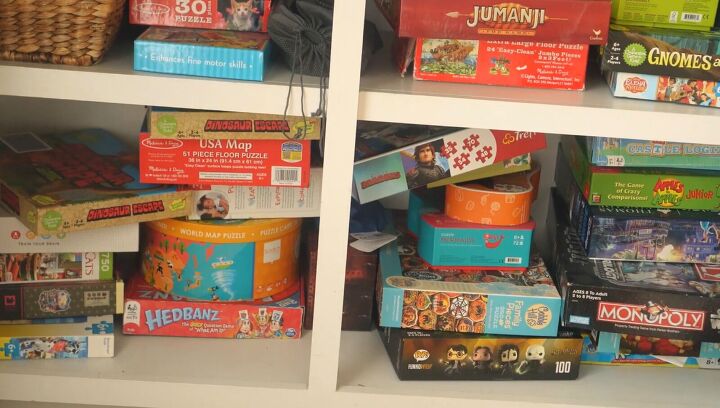



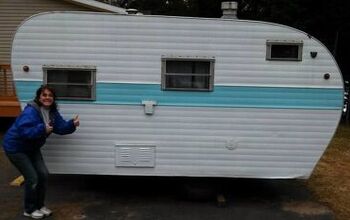




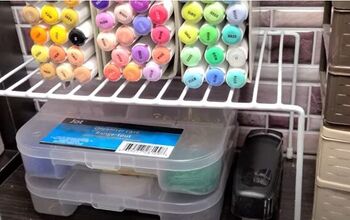
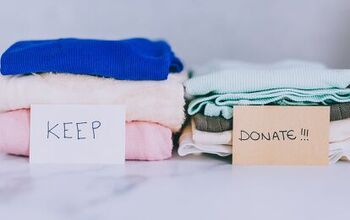






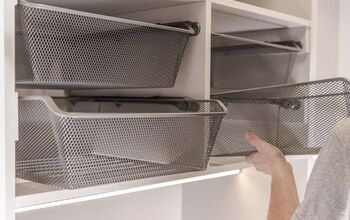


Comments
Join the conversation
I did this started last month getting ready so the only $$ spend this coming month will be the monthly bills. Groceries, eating out, or even stopping for a cup of coffee is off the list. My freezer is well stocked and meals are being planned from there. We will also be cooking outside on the grill to save on gas and electricity.
We're "working" on this, right now!!! I've realized that I have enough canned goods to survive the next Zombie Apocalypse!! So, meal planning on the pantry, buying only fresh dairy/vegetables (though, using a lot of frozen, too - Dollar Tree and Aldi are my friends right now!!). Using meat as a condiment - buying what I have to at the lowest possible price per pound, then processing - grinding/cooking in slow cooker/freezing. Researching lots of restaurant "copycat" recipes, so I can recreate at Chez Nous or Casa Nuestra (both mean "our house"); I try to make leftovers fun by actually drafting a 1-page "menu" for either "restaurant" and including a lovely description of say, "cubed beef, browned, and slow-cooked to its ultimate perfection with an abundance of carrots, potatoes, celery, and onions, all nestled in a rich beef gravy, with the hint of thyme to entice and engage the senses." (It's leftover beef stew, for crying out loud... but if I make it sound good? Guess what! It gets eaten with delight!!!). Anyway, it's silly, and possibly a waste of time, but it makes having a low-spend month more "participatory," if you will... Feels like you're giving up less, if you're having your restaurant favorites or even leftovers at "Chez Nouse" or "Casa Nuestra..." :)